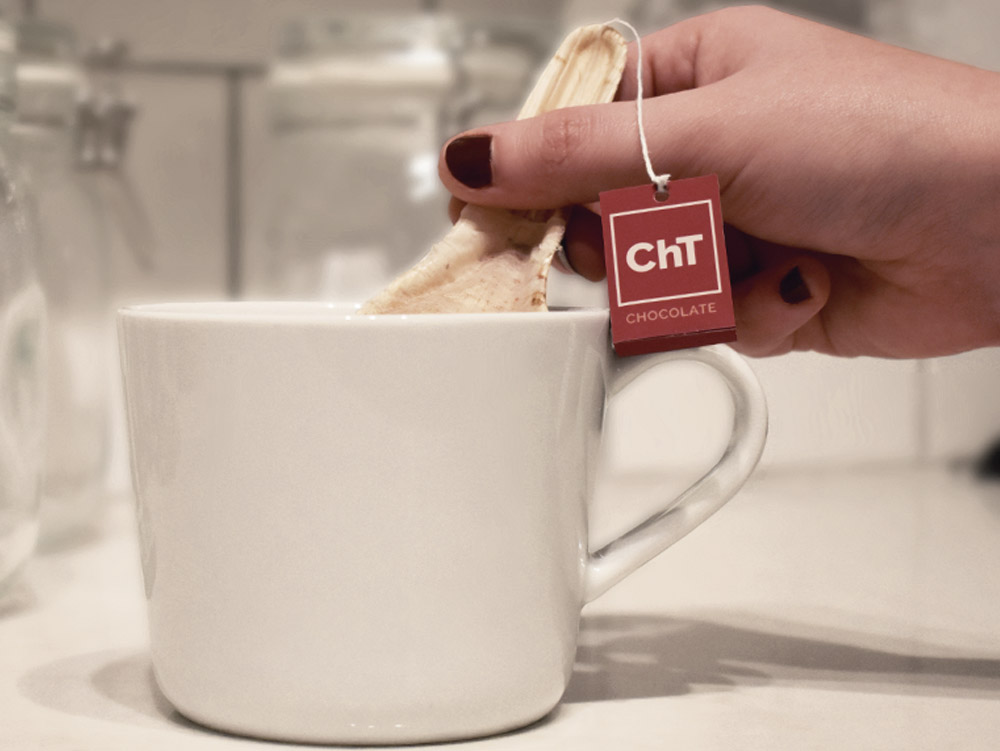
During the Fall term of my senior year, we were assigned to create a knock-down package design for tea. Already an avid tea drinker and someone who’d been itching to work on package design, I was incredibly excited. Earlier on in the year, I remember reading “Best Practices for Graphic Designers, Packaging: An essential guide for implementing effective package design solutions” and becoming instantly inspired. There was this one case called: Butter! Better! by Yanko Design. It was a package design for four different flavors of butter, and when you open the lid, it turns into a wooden knife to actually use the butter. I remember seeing this and thinking, “This is perfect. A perfect human made this. How has this not been created yet?!”
It’s bizarre to admit the range of emotions I felt when I saw this design.
Excitement: How neat! This exists now and it’s so smart!
Envy: Why can’t I ever be this clever?! Why can’t every idea I have be this golden?
Bargaining: I’d give anything for one of my ideas to be this clever!
Determination: I’m going to make something smart if it kills me. I just have to wait for the perfect opportunity.
When our professor explained the project to me, I immediately started researching tea. I thought I knew so much about it because I drink it all the time, but I was so very wrong. The way tea’s talked about is similar to wine or perfumes. There can be floral notes and woodsy aftertastes. There are different ways of roasting and steaming it that change the entire flavor profile. If the tea is fruit based, it’s called a tisane because it technically isn’t a tea. Weirdly enough, it’s like a science. There’s so much to learn about it, so I presented this information to my professor for his opinion. He said that I’d been focusing on the knowledge aspect of tea and that it could be interesting to use that to inspire my design. This got me thinking about chemistry and the cliche imagery that follows – test tubes, chemicals, combining fluids, etc. Tea has always just been a beverage to me, but I started thinking, “Maybe tea could be more of an experience…”
To start the project I combed through the flavor profiles of every tea leaf I could find. I eventually decided on Hojicha and Keemun Mao Feng (I know, it’s a mouthful). I liked this combination because they were different tea leaves with similar flavors. Hojicha is a Japanese green tea while Keemun Mao Feng is a Chinese black tea; however, both have a smokey flavor. Hojicha is roasted over charcoal and has hints of caramel and a slightly toasted finish. Keemun Mao Feng has notes of pine, cocoa, and marshmallow. Both reminded me of smores and I thought that I’d want chocolate with them. I’d seen test tube teas as party favors at weddings and I wanted each of my tea bags to come with a little test tube of chocolate. This felt like it appealed to the academic side of the concept, but it was bulky and awkward. The entire time the ‘Butter! Better!’ package design nagged at me from the back of my head: you need something clever, something all in one. It was at this point that I went back to the drawing board.
Personally, I’m an ice tea lover. I drink hot tea, but not incredibly often. For the next 24 hours, I drank about 8 cups of hot peach and ginger tea. I know, I’m obsessive, but I had to completely understand what I was dealing with! Every time I made a cup, I put a tea bag in a mug, poured some hot water on it, and stirred in my honey. Every time, I left my spoon in the cup, and with the tea bag still in there, it felt cumbersome. I hated taking the tea bag out and having to set it aside because I could use it again. It was gross! I started putting my tea bag in my spoon and setting it aside. That’s what did it. I needed my tea inside my spoon.
From there, I started tweaking my idea. What spoons would work best? I liked the idea of using Chinese soup spoons because they were deep, but I also wanted something that was good for the environment. I wanted something that was recyclable in case you want to bring the product to work with you and get rid of it when you’re finished using it. After a few searches on Amazon, I found that Chinese soup spoons made from pressed bamboo leaf exist. They can sit in boiling water for up to one hour without entirely losing their form. This would most certainly be long enough to steep tea, and I loved the texture of the spoons.
My final design was a Chinese soup spoon made from pressed bamboo leaf holding tea leaves. There’s a filter sheet on the mouth of the spoon to keep the leaves from escaping, while still giving them enough room to move around the spoon as you stir to allow the flavor to circulate properly. A string hangs from the handle of the spoon with a pouch dangling from it containing a flavor powder you can choose to infuse with your steeping tea. The spoon allows you to use the same tea bag numerous times without making a mess, and the flavor powder adds a bit of fun to the process. It’s an experience, rather than just another cup of tea.


